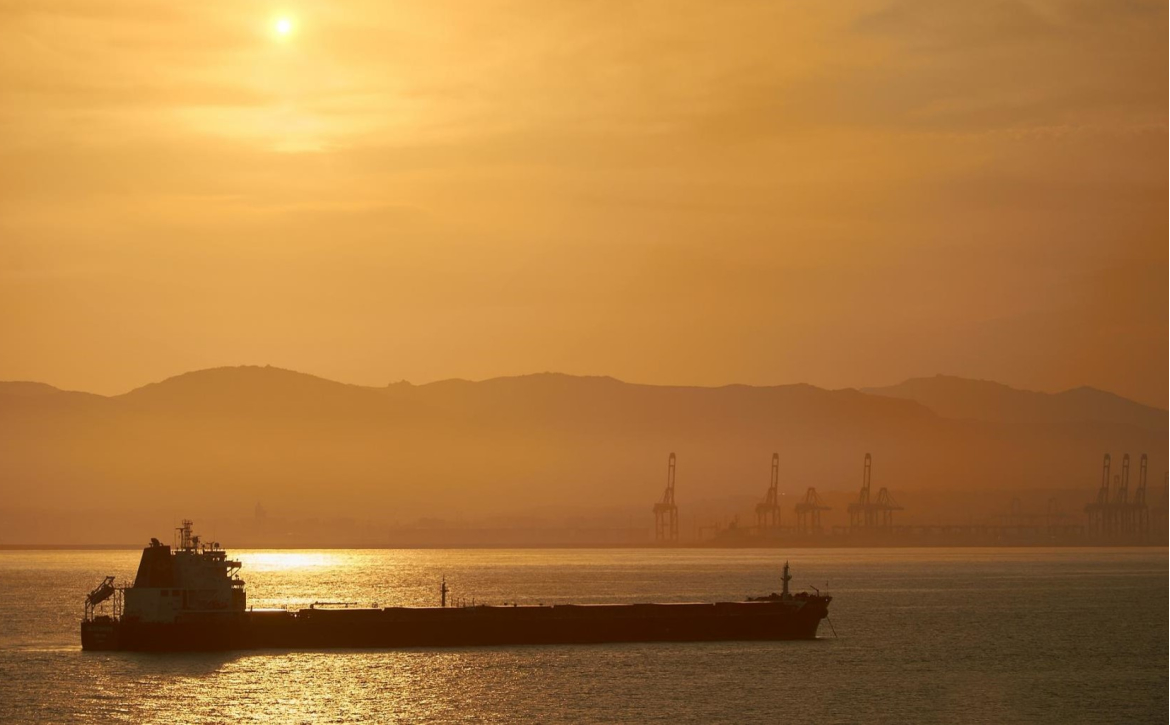Australian traders are embracing the trio of free trade agreements negotiated between 2014 and 2015. DFAT has reported that use of the Japan, Korea and China FTAs is up above 80%. This level of utilisation is a great return on the investment the Government has made with promoting the Northern Asian FTAs. However, it is important to remember that the FTA landscape is not static and there are both emerging opportunities and risks.
Existing FTAs, new opportunities
For Australian exports in particular, lower duty rates are phased in over time. The duty rates generally drop on 1 January (China and Korea) but for Japan the rates drop on 1 April. With each year’s duty reduction, the opportunity and competitive advantage granted by the FTA increases and it is important to periodically review whether using the FTA makes sense for your business.
FTAs on the drawing board
The low hanging fruit has gone but there are still important FTA opportunities which the Australian Government is pursuing.
- The EU and Australia have concluded a joint scoping exercise on a potential FTA. This exercise is a prelude to formal negotiations and will form the basis for gaining agreement from EU member states to commence negotiations, and, the scope of those negotiations. While Britain will not be part of this FTA, Germany, Italy and France each fall within the top 15 countries that export to Australia.
- Speaking of Britain, Liam Fox, the British International Trade Secretary has made a personal submission to an Australian parliamentary committee on foreign affairs and trade in which he advocated an FTA between Britain and Australia. However, any such FTA could not be concluded before Britain leaves the EU (2019). This, Mr Fox submitted, would not prevent preparatory work being undertaken in the meantime.
- The brakes have been put on FTA negotiations between Australia and India. For 3 years we have heard comments that the FTA with India will be streamlined and it was originally hoped to be concluded by the end of 2015. Now Prime Minister Turnbull has emphasised the need for a quality deal over a quick deal. The delay reflects the challenges of concluding an FTA between two countries with very different levels of economic development and existing protection.
- After the fall of the Trans-Pacific Partnership, all eyes turned to the Regional Comprehensive Economic Partnership (RCEP) which involves Australia, China, Korea, India, Japan, NZ and the ASEAN countries. Negotiations for this agreement began in late 2012 and were hoped to be concluded last year. Recently the negotiating parties affirmed their commitment to a quality agreement in the “headwinds against globalisation”. However, “quality agreements” is also code for longer negotiations.
- The Government has recently announced that negotiations of the Pacific Agreement on Closer Economic Relations (PACER) Plus have concluded. PACER Plus is an agreement covering Australia, NZ and 13 Pacific Islands such as Fiji and Vanuatu. It is not a traditional FTA in that Australia was not seeking a balanced outcome. Rather it was seeking to promote economic development for the Pacific Island countries. From an Australian import tariff perspective, little will change with most member countries already enjoying developing country duty-free status. However, it is likely that the rules of origin will be more flexible under PACER Plus than those currently relating to developing countries. While the removal of some Pacific Island import tariffs is expected, the gains are not likely to be as significant for Australian exporter as achieved under other FTAs. More details should follow in the coming months.
Be careful when using FTAs
There is a catch with using FTAs, if you use them incorrectly, you are liable for underpaid duty. We are starting to see an increase in issues with the certificates of origin used to justify the use of FTAs. Issues include:
- The CoO missing key elements such as the HS code of the goods or the rule of origin being used;
- The CoO missing mandatory information which may not seem crucial. Examples include the quantity and/or brand of the goods. It is also important to remember that many FTAs require CoOs to include a “detailed” goods description.
- The one CoO is being used for multiple shipments. Issues can arise where the supplier provides the one CoO for an order that is then broken up into multiple shipments to Australia.
- An ASEAN CoO is provided but the importer seeks to use the Thai, Singapore or Malaysian FTA.
- The HS code on the CoO is different to the HS code on the import declaration.
The extent to which the above problems prevent the use of a FTA depends on the terms of the FTA and severity of the defect.
Currently, these issues are more likely to arise upon review of a refund application made by the importer. However, the action of the refunds area is almost a crystal ball to the future focus areas of the Australian Border Force. If an issue is stopping refunds in 2017 it is not unlikely to suspect that it will be a compliance focus area in 2018 and beyond. In this respect, it is important to remember that compliance reviews can go back 4 years, but it is generally only possible to correct a defective CoO within 12 months of the export of goods.
If you rely on a FTA for a transaction to be economically viable, you cannot chance whether the use of that FTA will withstand an ABF audit.











